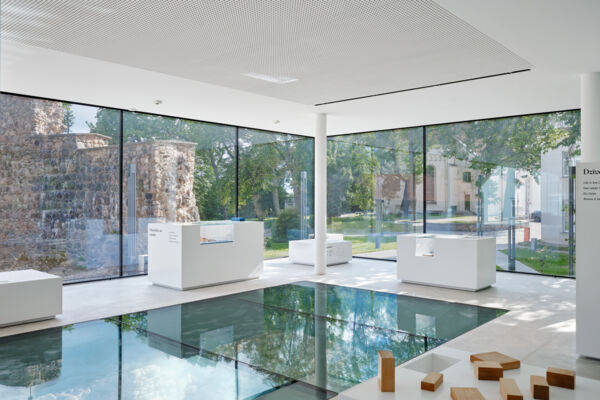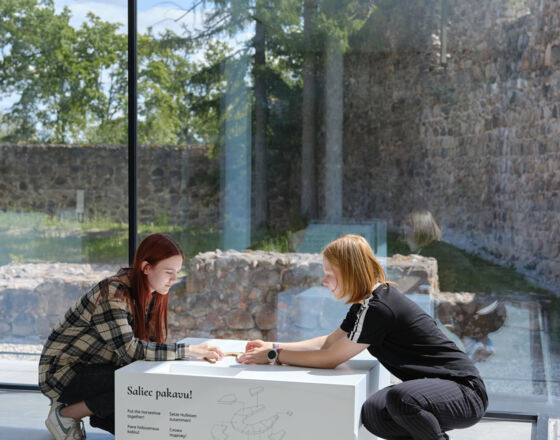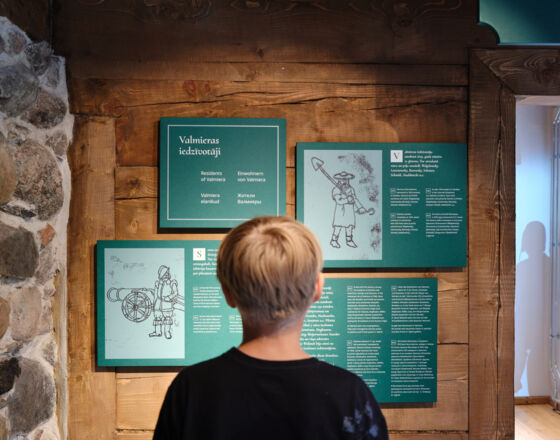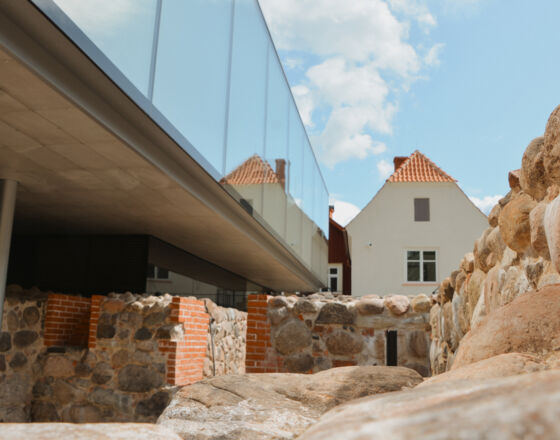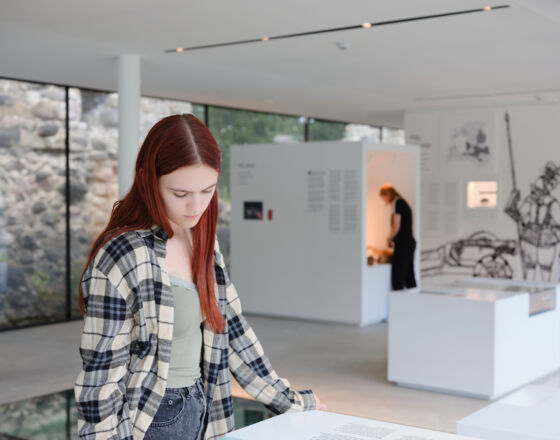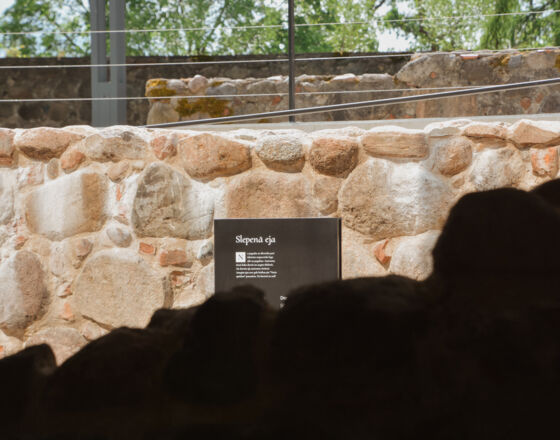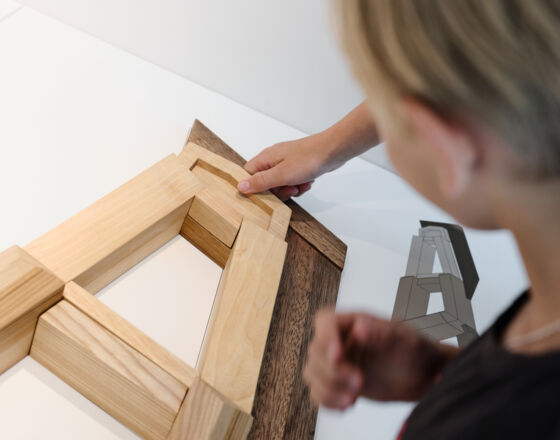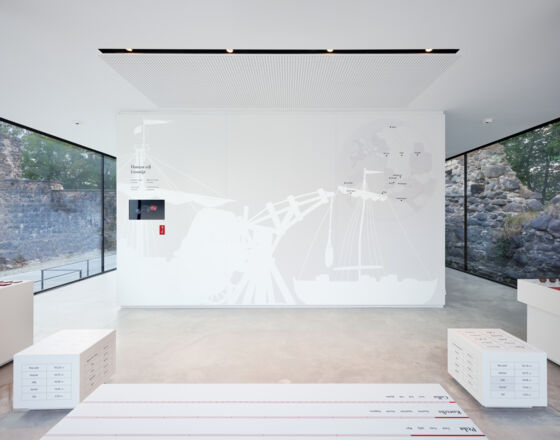The historians of the Valmiera Museum, Liene Rokpelne, Dāvis Pumpuriņš and Alberts Rokpelnis, worked on the content for almost six years to create the new exhibition. The design project of the exhibition was created by the Valmiera Museum in cooperation with the design studio "H2E" and the "REVERIE Trading Group".
The exhibition is divided into six parts. A separate section of the exhibition is dedicated to the history of the Hanseatic League, as Valmiera's heyday as a Hanseatic city and its far-reaching economic contacts as far away as London and Novgorod played an important role in the city's history. The exhibition is available in five languages: Latvian, English, German, Estonian and Russian.
The exhibition is divided into six parts. The first part, which can be seen by any visitor to the castle grounds without entering the building, is the outdoor part of the exhibition, which consists of a projection about the growth of the city of Valmiera, the castle cellars that reveal the mystery of what happened here long ago, and a bronze model of the town that attracts visitors' attention as they approach the glass building. Before entering the building, one can catch a glimpse of the fusion of modern and ancient architecture. The building itself is like an exhibition. If you pay attention, you will not only notice the different colours of the façade or the building materials used, but also that the oldest wooden buildings are made of larch boards.
The way to the exhibition leads through the castle cellars. Entering the museum, one finds a bright foyer. Here, each guest receives a digital key that can be used to unlock additional stories, sounds and images in the exhibition, enriching the visitor's experience. The key is an important part of the exhibition, not least because the ancient keys found in Valmiera are displayed in the museum's showcase. The digital key allows everyone to actively participate in the exhibition and decide for themselves which topics they want to delve into.
The transparent glass walls make it possible to feel the historical walls of the castle and learn about important introductory themes of the city's history - the name of Valmiera, the symbolism of Valmiera, the river Gauja and the chronicle of Valmiera in a modern guise. The cabinets are like a chronicle of old events, recording episodes from the city's history. Under the heading 'Strong and Fortified', for example, there is the story of a travelling knight - his first impressions of Valmiera in 1413.
To get further into the exhibition, paths branch off. One leads to Valmiera Castle and the history of the Hanseatic League, the other to the inhabitants and their world views.
The part of the exhibition dedicated to Valmiera Castle shows the history of its development over several centuries. From a small wooden fortress, Valmiera Castle developed into a powerful defence system. The stands display not only building details - floor tiles, fragments of cooking pots and deformed window frames - but also various objects that bear witness to the everyday life of the castle's inhabitants. From musical instruments such as organs and bone pipes to fragments of white clay pipes.
Economic transactions united merchants from London and Novgorod. Merchants from the Hanseatic city of Valmiera. A separate section of the exhibition is therefore dedicated to the history of the Hanseatic League. There, visitors can try out antique measures of length and weight for themselves.
From the glass new building, visitors can reach the cellar vault, which belonged to the oldest residential complex and is now open to the public.
Monastery silhouettes and Gregorian chants enrich the themes that lead into the spiritual world of the Middle Ages. Prayer of a Teutonic Order friar, the commandment of the day. Visitors can try their hand at calligraphic writing and write their own account in the new Valmiera Chronicle.
The stairs or the lift lead to the part of the exhibition dedicated to the town and its citizens. The oldest wooden house in Valmiera has preserved its historical layout, with several small rooms and a fireplace in the middle of the building. The exhibition shows what the inhabitants of Valmiera did, how they lived and how they received visitors. Another focus is on ancient crafts - bone, metal and leather processing as well as fishing. The exhibition's digital solutions allow visitors to try out medieval recipes and photograph them to prepare at home. Old travellers and Hernhuters tell their stories.
The exhibition is available in five languages: Latvian, English, German, Estonian and Russian. The project was funded by the European Union, Valmiera Municipality and the Latvian State.

